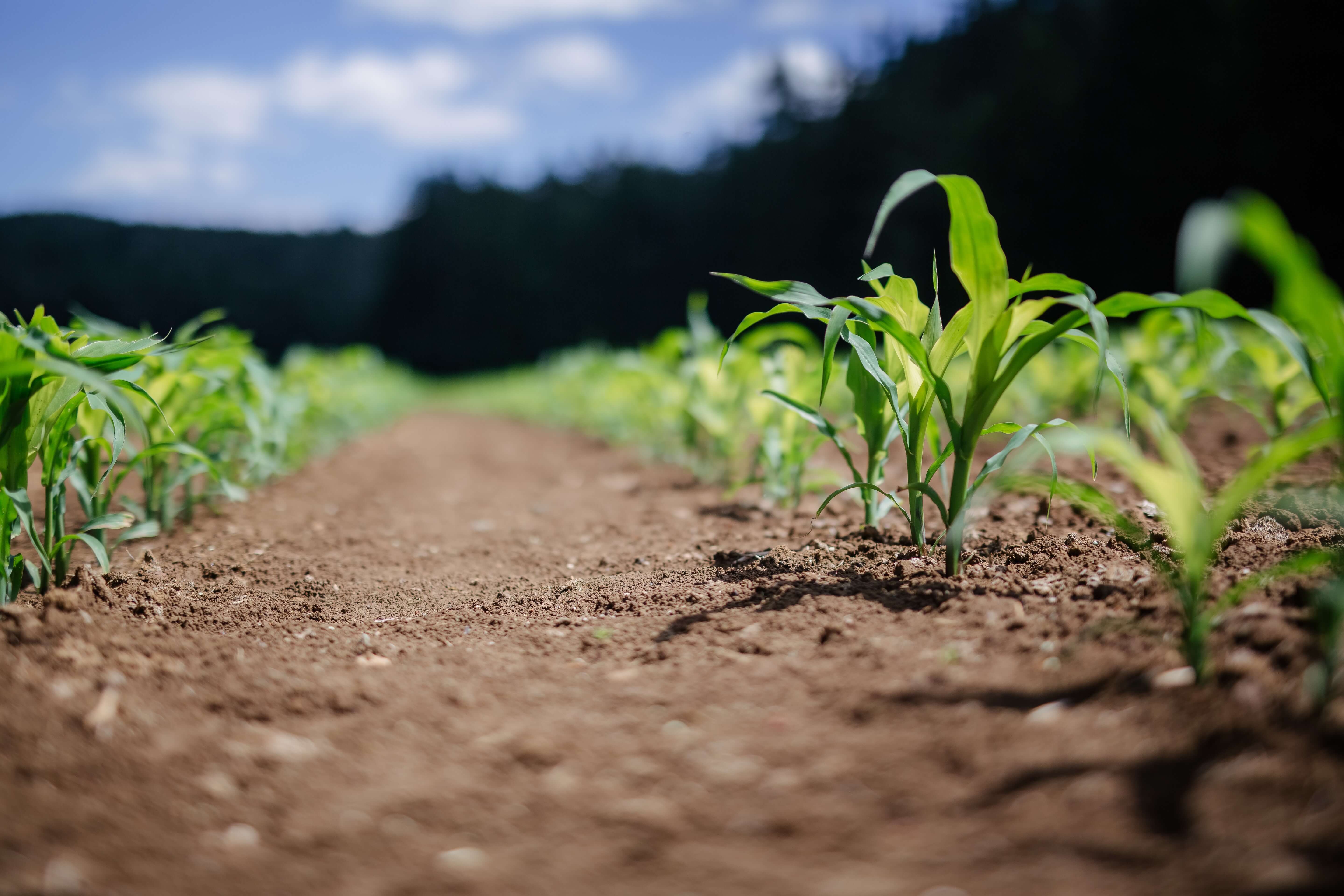AVA, the first AgriFood Virtual Advisor, is an AI-powered digital assistant designed by SWARM Engineering. It utilizes OpenAI and Microsoft Azure technology to assist businesses in the agri-food industry in overcoming operational challenges and optimizes processes. AVA can generate complete SaaS solutions that address business-specific needs and provides personalized insights and recommendations based on a deep understanding of agri-food challenges and organizations. It can also interact with users through typing or talking, delivering text, audio, and video responses. According to SWARM Engineering, one of the significant advantages of AVA is that it has been trained on SWARM's engine and templates to identify and accurately describe operational challenges specific to the agri-food industry. Additionally, AVA can benchmark an organization's performance, identify critical challenges, and provide SaaS solutions to solve them.
The introduction of AVA has the potential to help businesses in the agri-food industry save time and money, reduce waste, and deliver environmental benefits by optimizing key processes such as inbound and outbound logistics, supply/demand balancing, labor and transport planning, and many more. According to Ranveer Chandra, Managing Director of Research for Industry at Microsoft, AVA represents a step forward for organizations in food and agriculture. It demonstrates the power of combining the latest generative AI with trusted application components from Microsoft Azure and Azure SQL Server to deliver meaningful business results. Overall, AVA represents a new era of AI-powered digital assistants that can help businesses in the agri-food industry overcome their operational challenges and achieve their full potential.
Labor Issues Experienced in The AgriFood Industry
The agrifood industry is facing a significant labor crisis that is negatively impacting the industry's ability to meet production demands. One of the significant issues facing the industry is a shortage of skilled workers, particularly in harvesting and processing. Many of these jobs are considered low-paying and require long hours of physical labor, making them unattractive to many job seekers. The situation is further compounded by a lack of investment in training and education programs to develop the necessary skills and knowledge for the industry.
The labor issues in the agrifood industry are not limited to the shortage of skilled workers. Many of the jobs in the industry are seasonal, making it difficult for workers to sustain a stable income. Additionally, many workers in the industry are undocumented immigrants who often face exploitation, low wages, and poor working conditions. These workers are particularly vulnerable to abuse because they lack legal protection and are afraid to report violations for fear of losing their jobs or being deported.
The COVID-19 pandemic has further highlighted the labor issues facing the agrifood industry. The pandemic led to travel restrictions, making bringing in seasonal workers from other countries difficult. Additionally, many workers in the industry are considered essential, putting them at greater risk of exposure to the virus. The pandemic has also led to disruptions in supply chains, causing labor shortages and reducing demand for specific products. As a result, many farmers have been forced to let crops rot in the fields, exacerbating the industry's labor crisis.
Photo by Adrian Infernus on Unsplash


